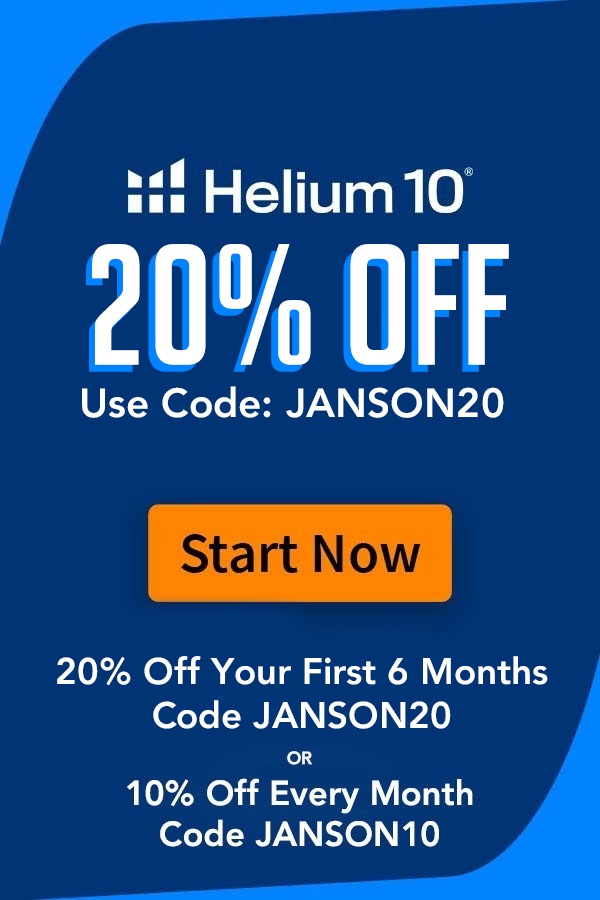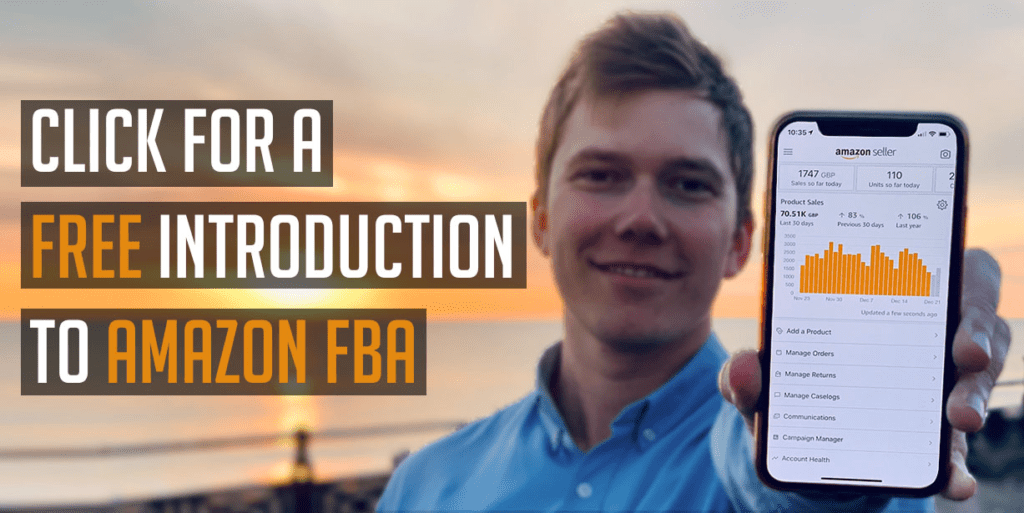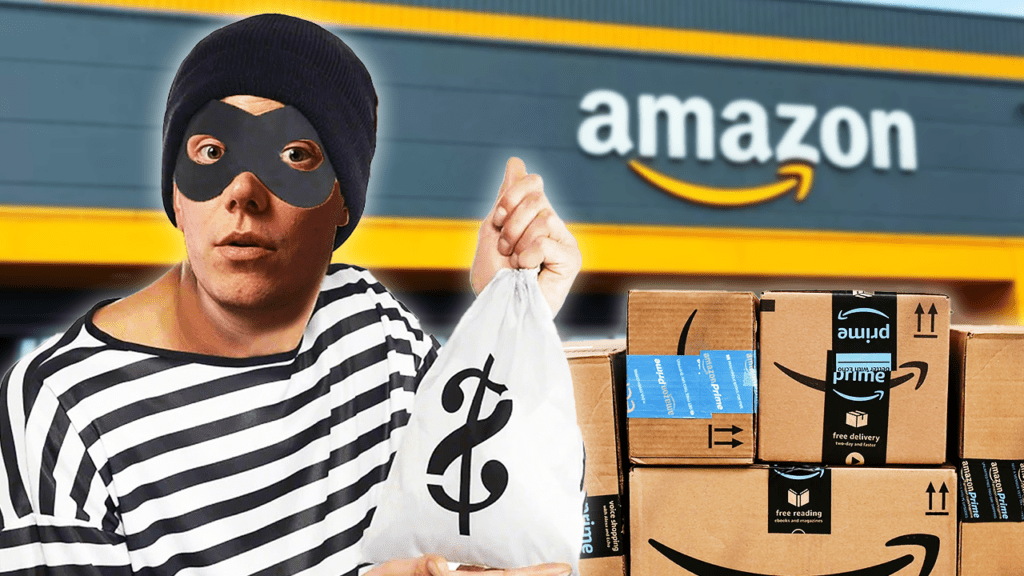
How To Safeguard Your Amazon FBA Product Ideas:
Amazon FBA product research is frustrating enough without some toad coming along and nicking your product idea before you’ve even launched. So what can you actually do to protect yourself from your getting nicked by your Amazon FBA supplier, a competitor, or even worse.. a friend? Well, fortunately there are a number of things that you can do to stop suppliers from stealing your Amazon FBA products.
This blog is sponsored by, Osome who are a digital accounting firm that specialize in working with Amazon FBA sellers. They can help you set up your company, calculate your profits and so much more, and if you use this link, you’ll get a £100 discount .
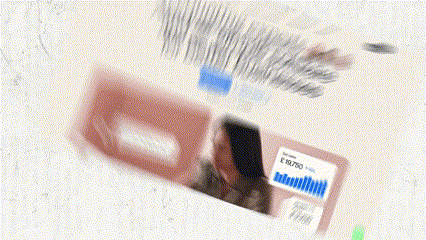
With that said, let’s dive into my tips on how to stop others from stealing your products.
Method 1: NDA (Not Disclosure Agreement)
If you’re worried about someone such as a supplier stealing a new product idea that you’ve got, then one document that you can use to protect yourself is with a non-disclosure agreement, or an NDA, which is a legal contract between 2 parties that prohibits the sharing and usage of certain information … for example, product drawings that you’ve had made up for a new idea that you’ve got.
Whilst it’s easy enough to find an NDA template with the help of Google, in order for this document to be legally enforceable with your supplier, if they’re based in China, it needs to be written in English and Chinese.. which could be a little challenging to do reliably and cheaply. In addition to that, you’ll obviously also need to get a supplier to agree to the language and then sign and stamp it with their company logo, which they’ll probably be quite reluctant to do, especially if you don’t have a pre-existing relationship with them.
In fact, a new supplier might even take offence at the very mention of an NDA because they think you’re essentially telling them that you don’t trust them, which doesn’t exactly get things off to a good start – so for that reason, I’d probably avoid mentioning the word NDA until you’ve managed to develop some sort of relationship with the supplier and they know that you’re legit.
If you do manage to get another party to sign an NDA, bear in mind that if they do break it, you’re probably going to have to spend quite a lot of money in order to do anything about it. Lawyers aren’t cheap – especially ones based in China – so if you are wanting to take action against someone that’s broken an NDA, make sure that it’s for a product that’s actually worth the expense that you’re going to incur.
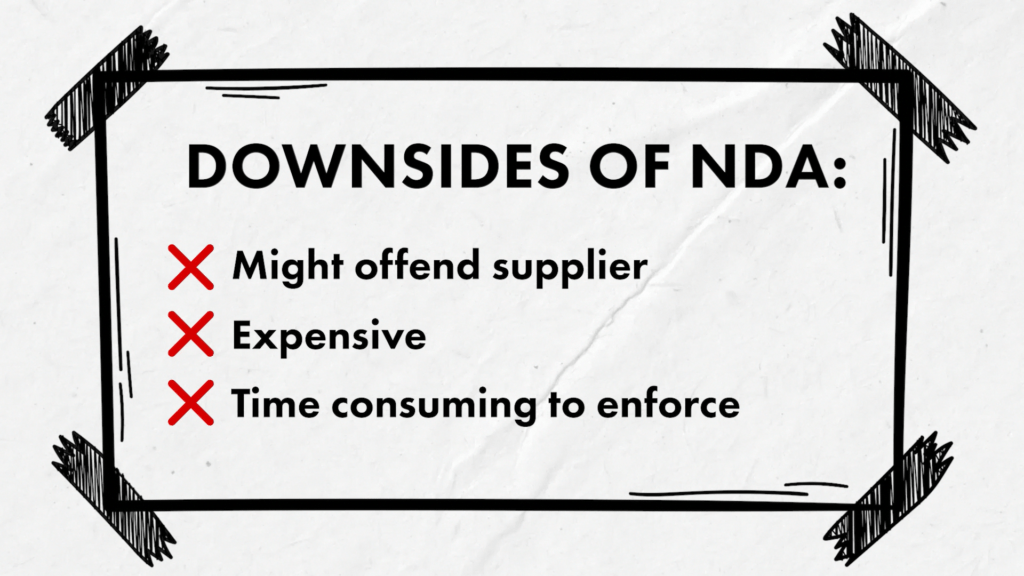
With that said, just because you get an NDA signed doesn’t mean that you HAVE to take action if the agreement is broken, and hopefully it’ll never actually come to that because the language in the NDA itself is enough to scare any supplier into remaining confidential and not calling your bluff about whether you’ll actually do anything if they steal what you’ve created.
Method 2: Design / Utility Patent / Registered Design
If you feel that you’ve created a product that is the first of its kind in terms of how it looks or operates, then one route that you can take to protect your idea from getting stolen is via a patent. Patents can protect the design of your product, or the function, but in order for the them to be valid, you would need to prove in your application that your idea is unique. The biggest benefit of a patent is that they hold a lot of power when it comes to Amazon – so if you see a seller copied your patented product, all it takes is a few clicks to report them, and their listing will usually be pulled within minutes. If the patent’s valid, then the seller will permanently lose the listing, they won’t be able to sell any of their inventory, and they might even lose their account – result.
The biggest downside to patents is that they’re expensive and it can take quite a long time for your application to be approved. So another solution to consider if you’re based in the UK, is a registered design, which is an inexpensive way to protect the design of a product that you’ve created. For just £50, you can submit an application for your unique design and just like with a patent, if anyone on Amazon copies it, you can get their listing pulled pretty quickly. However, registered designs are only valid in the UK, so if you’re planning on selling in the US or anywhere else, you’ll need to go down the patent route.
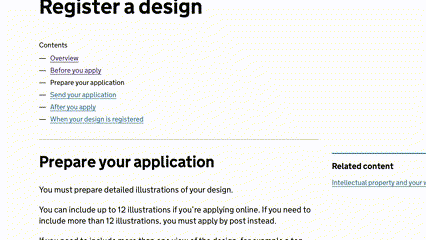
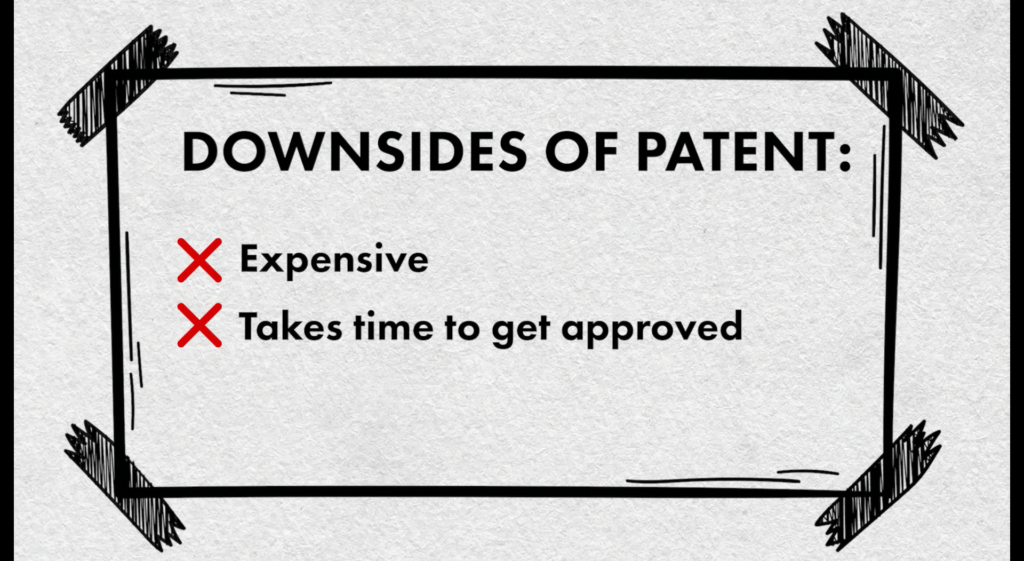
Method 3: Buy Product Molds
As of 2023, I’m generating more than 6 figures a month in sales from my Amazon FBA products, and one strategy that has helped me to get there is selling products that are exclusive to me because I’ve purchased a product ‘mold’ from my supplier. If your product is made of plastic or metal, then during the manufacturing process, the supplier will use a mold in order to construct the outer design of your product – and these moulds can be customised according to what you want your product to look like.

The benefit of having a product mold made is that it allows you to customise exactly what the outer shell of your product looks like, and depending on whether you front the cost of one, it means that the product’s design will be exclusive to you. The downside of having one of these made is that they can be quite expensive – depending on the complexity of the product’s design, you’re looking at between $2000 and $10,000 per exclusive mold.
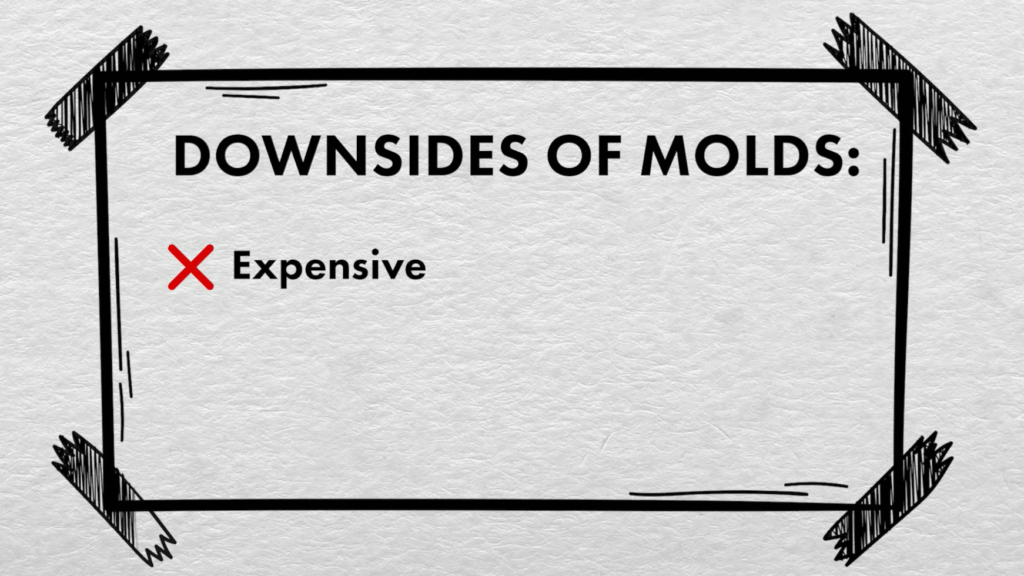
With that said though, these things usually pay for themselves as they immediately allow you to sell an exclusive product that nobody else is offering, which is likely to stay that way given that if a competitor did want to copy you, they’d also have to pay a substantial sum for their own mould. If you’re worried about that happening – then it’s worth also getting a design patent or registered design on your custom product.
Method 4: Build A Relationship With Your Supplier First
If you don’t have the funds or confidence to protect your idea with a patent and you’re worried about a supplier stealing it, then my best advice is to not reveal your idea to any manufacturer, until you’ve found good Amazon FBA product suppliers that you want to work with, and you’ve spoken with them enough to understand their pricing, the quality of their samples, their manufacturing capabilities, and their level of English.
The quickest way to get an idea stolen, is by messaging 10 suppliers and asking them if they’re able to make your product idea – all it takes is 1 message to 1 unscrupulous person before your unique idea is gone for good, so before sharing any idea with anybody, make sure that you’ve built enough of a relationship so that you know if you can trust them, and that you’ve assessed whether they have the right capabilities and are the right person for the job.
Method 5: Brand A Brand!
In reality, the majority of products that you consider selling on Amazon won’t be unique and can be easily copied by anybody… and that’s why I am a massive advocate of branding your product. One thing that can’t be copied that helps drive sales and profits, is a good brand! If you’re not new to my page then you’ll know how much I stress the importance of building a brand throughout your Amazon selling journeys. Having a compelling brand story and product offer allows you to eventually charge a premium versus your competitors – despite them copying your product – it allows you to build an audience, and it just gives you so much more power and control than if you were selling something with poor or no branding at all.
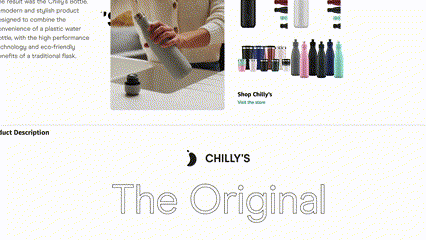
So regardless of whether your product is exclusive to you, if you want to increase your chances of success and reduce the impact of anybody copying your product idea – my biggest tip is for you to create a brand that is likely to resonate with your customer base and make them choose you over anybody else. I share plenty of tips on how to do that on various videos on my youtube channel, so browse my back catalogue, write down my action points, and then implement what you’ve learnt.
If you want to be guided through the process of building a brand, launching exclusive products on Amazon, and more, then check out the Smashers Academy, which is my beginner to advanced Amazon FBA training scheme, where I will teach you how the latest tricks and tutorials needed to successfully sell on Amazon, all in a clear and concise way so that you don’t give up and fail before you’ve even started.
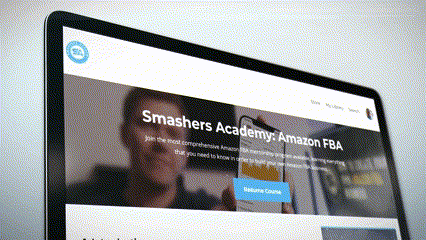
For more tips on finding profitable products you can sell with Amazon FBA, read my posts on the best tips when doing product research and best ways to find winning products to sell on Amazon FBA.
If you want to learn how you can create an Amazon FBA business yourself, then check out my free training where I’ll teach you everything you need to launch your first product on Amazon and scale to $5,000+ in monthly profit.
Or if you’re ready to begin your journey and want to start with the best chances of success, apply to become a member of HonestFBA’s training programme where you’ll receive guidance & support from our team of 7-figure Amazon FBA seller experts whenever you need it.




